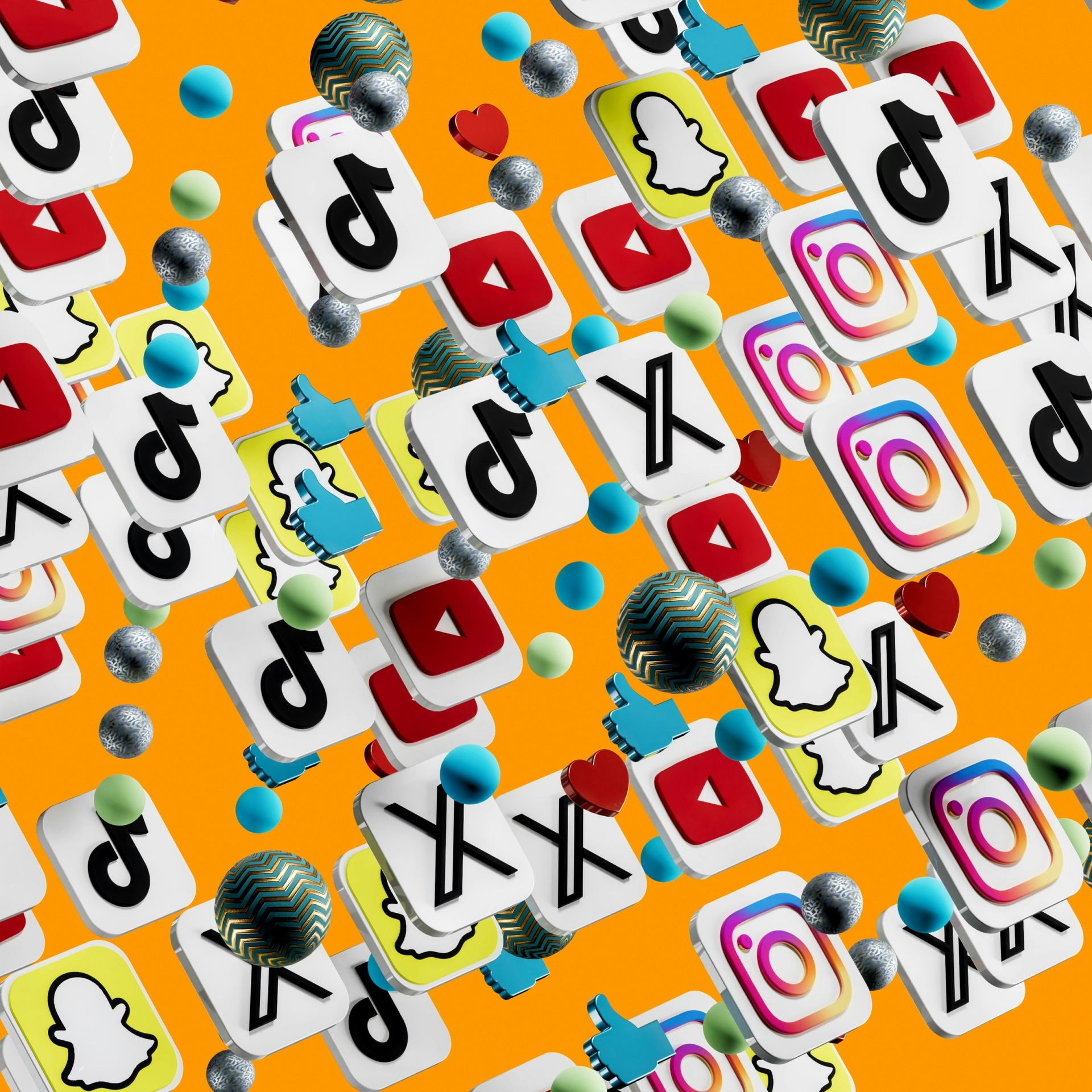The Increasing Need for Digital Marketing
Why It’s Now or Never for Small Businesses
In today’s rapidly evolving business landscape, the gap between big business and small business is growing wider. As larger corporations continue to expand their reach and resources, small businesses are finding it increasingly difficult to compete. The reality is, big businesses have access to tools, talent, and technology that give them a significant advantage. They’re more available, more capable, and more adaptable than ever before. But there’s one area where small businesses can still level the playing field: digital marketing.
The Rise of Big Business Dominance
Over the past decade, large corporations have not only increased their market share but have also become more nimble. They’re leveraging advanced data analytics, AI, and machine learning to anticipate customer needs, optimize their operations, and deliver personalized experiences at scale. This level of sophistication allows them to stay ahead of trends and dominate the marketplace, often leaving small businesses in their wake.
With their vast budgets, big businesses are also able to outspend smaller competitors on advertising, content creation, and customer acquisition. They have the means to flood every channel—social media, search engines, email—ensuring that their message reaches every corner of the market. This makes it even more challenging for small businesses to get noticed, much less compete.
The Role of Digital Marketing in Bridging the Gap
So, where does that leave small businesses? The answer lies in digital marketing. In an era where attention is the most valuable currency, creativity and authenticity are the last lines of defense for small businesses. While big businesses may have the resources, small businesses have the advantage of agility, creativity, and the ability to build genuine connections with their customers.
Digital marketing offers small businesses a cost-effective way to reach their target audience, build brand awareness, and compete with larger competitors. By leveraging social media, search engine optimization (SEO), email marketing, and content marketing, small businesses can carve out their niche and connect with customers on a personal level.
Facts and Trends Shaping the Future
The need for digital marketing is not just a passing trend; it’s a necessity driven by undeniable shifts in consumer behavior and technology. Here are some key facts and trends that highlight the importance of digital marketing for small businesses:
- Digital Ad Spend is on the Rise: According to eMarketer, global digital ad spend is projected to reach $645 billion by 2024. As more businesses increase their digital marketing budgets, small businesses must invest in digital strategies to stay competitive.
- Consumers are Online More Than Ever: As of 2023, there are over 5 billion internet users worldwide, with the average person spending nearly 7 hours a day online. This presents a massive opportunity for small businesses to reach potential customers where they spend most of their time.
- The Shift to Mobile: Mobile devices account for over 54% of global website traffic, and this number is expected to grow. Small businesses must optimize their digital marketing strategies for mobile to ensure they can reach customers on the go.
- The Power of Social Media: Social media platforms are a key battleground for small businesses, with over 4.9 billion social media users globally. By creating engaging content and leveraging social media advertising, small businesses can reach new audiences and build brand loyalty.
- Personalization is Key: Consumers now expect personalized experiences from the brands they interact with. According to a study by Epsilon, 80% of consumers are more likely to make a purchase when brands offer personalized experiences. Small businesses can use digital marketing tools to deliver tailored content and offers that resonate with their audience.
Conclusion: Creativity and Digital Marketing – The Last Line of Defense
In a world where big businesses are more dominant than ever, small businesses can still thrive by embracing creativity and digital marketing. It’s not just about having a presence online; it’s about being strategic, authentic, and innovative in how you connect with your audience.
The future of small business lies in the ability to stand out in an increasingly crowded digital landscape. Digital marketing isn’t just an option—it’s the last line of defense. Now is the time for small businesses to take ownership of their brand, invest in digital strategies, and secure their place in the market. Because in the end, creativity and digital marketing will be the deciding factors that separate the winners from the rest.
You might also like



